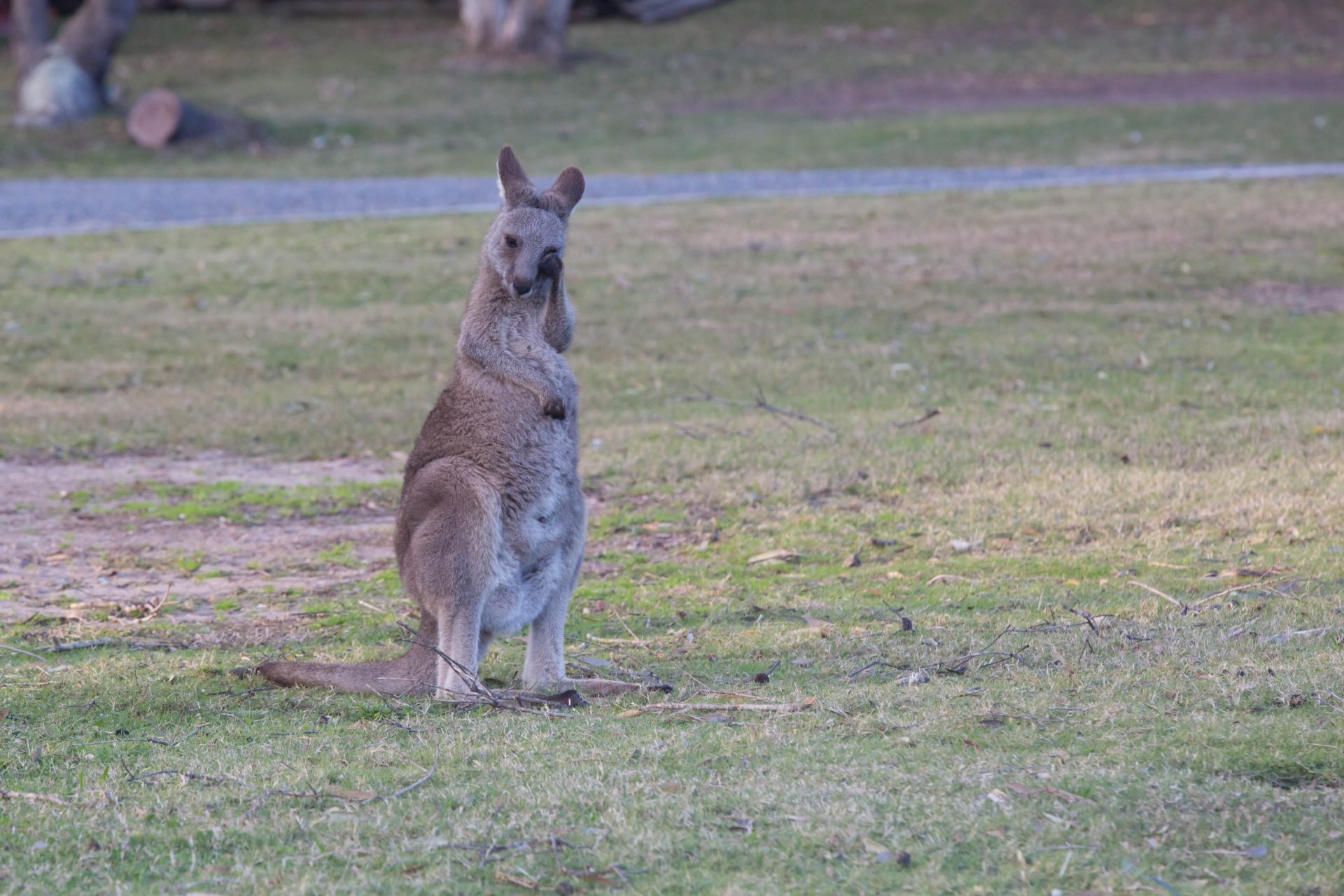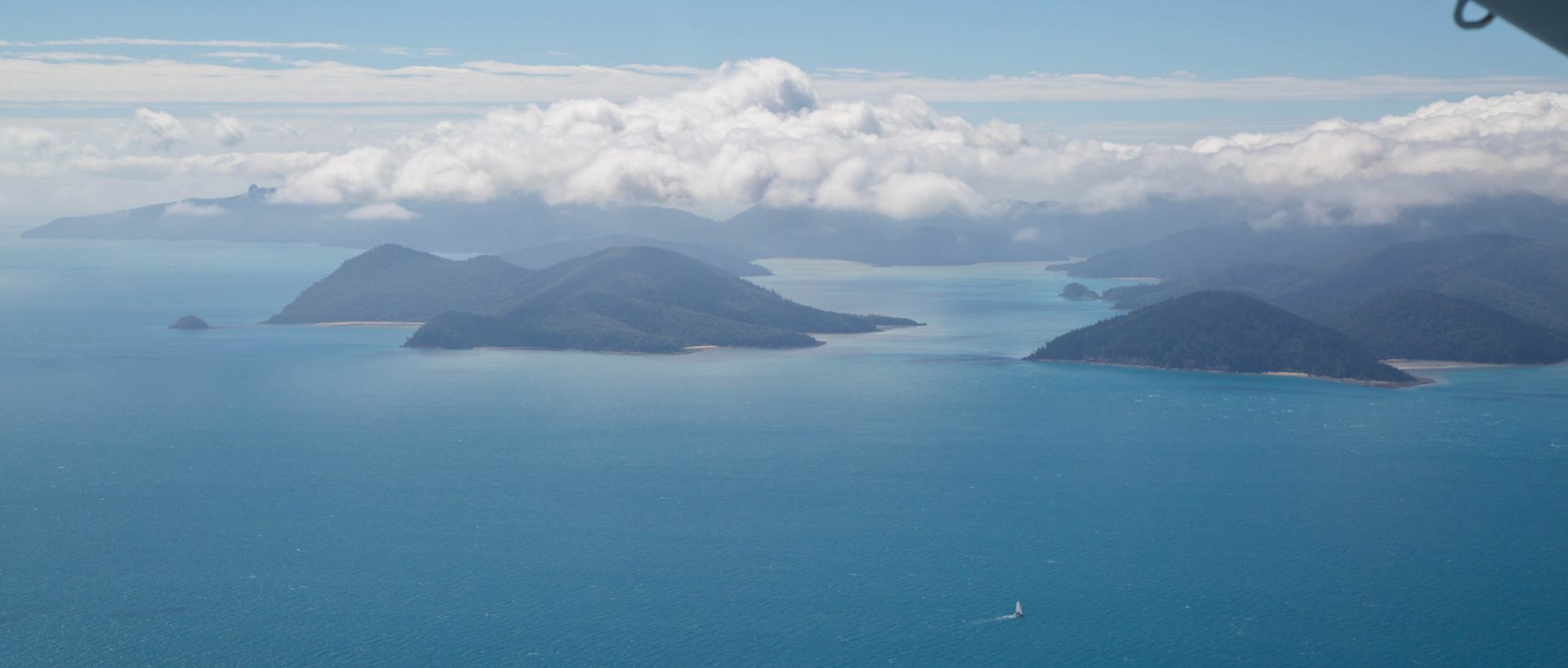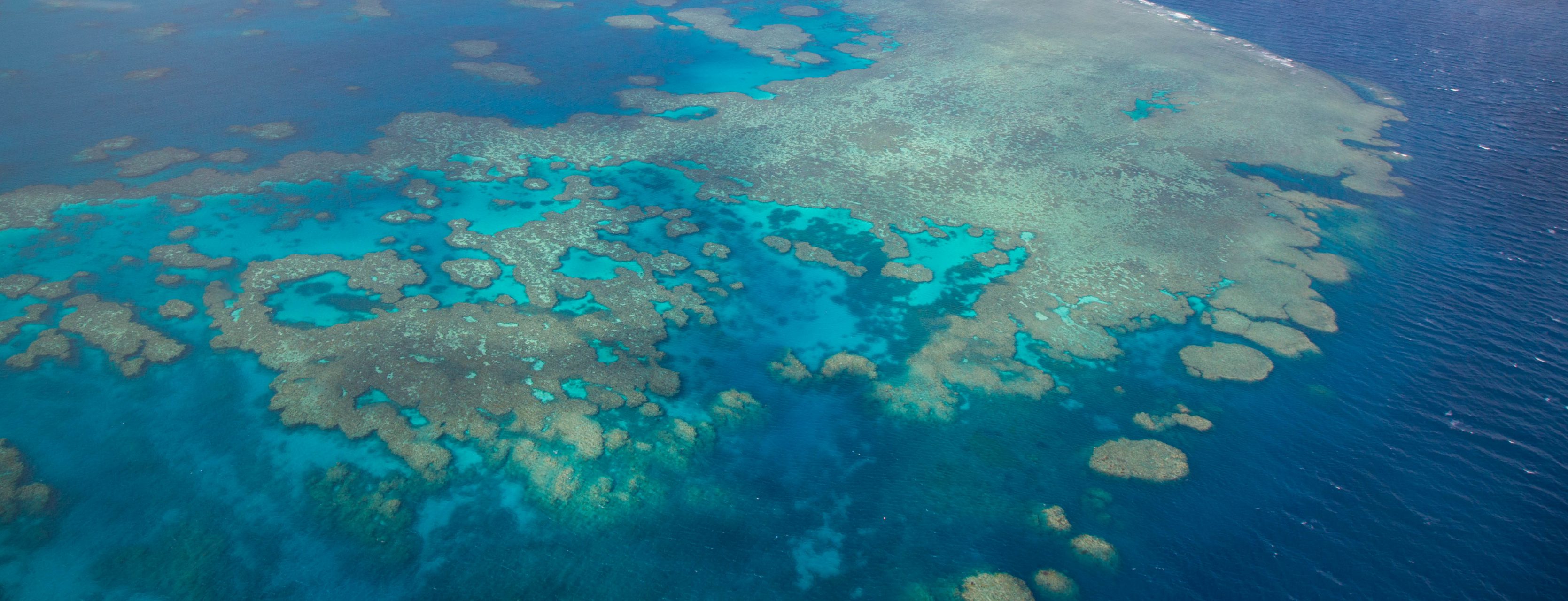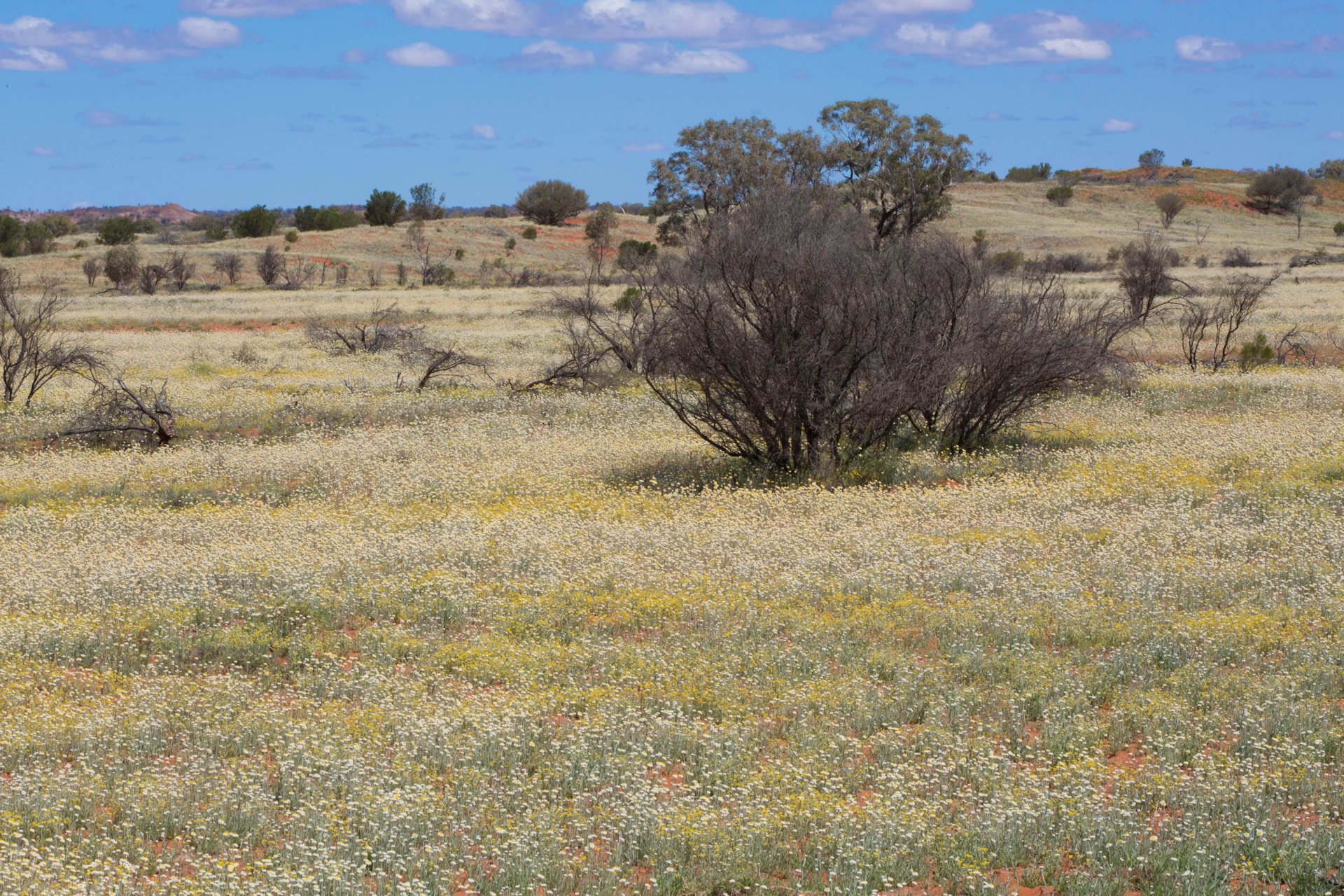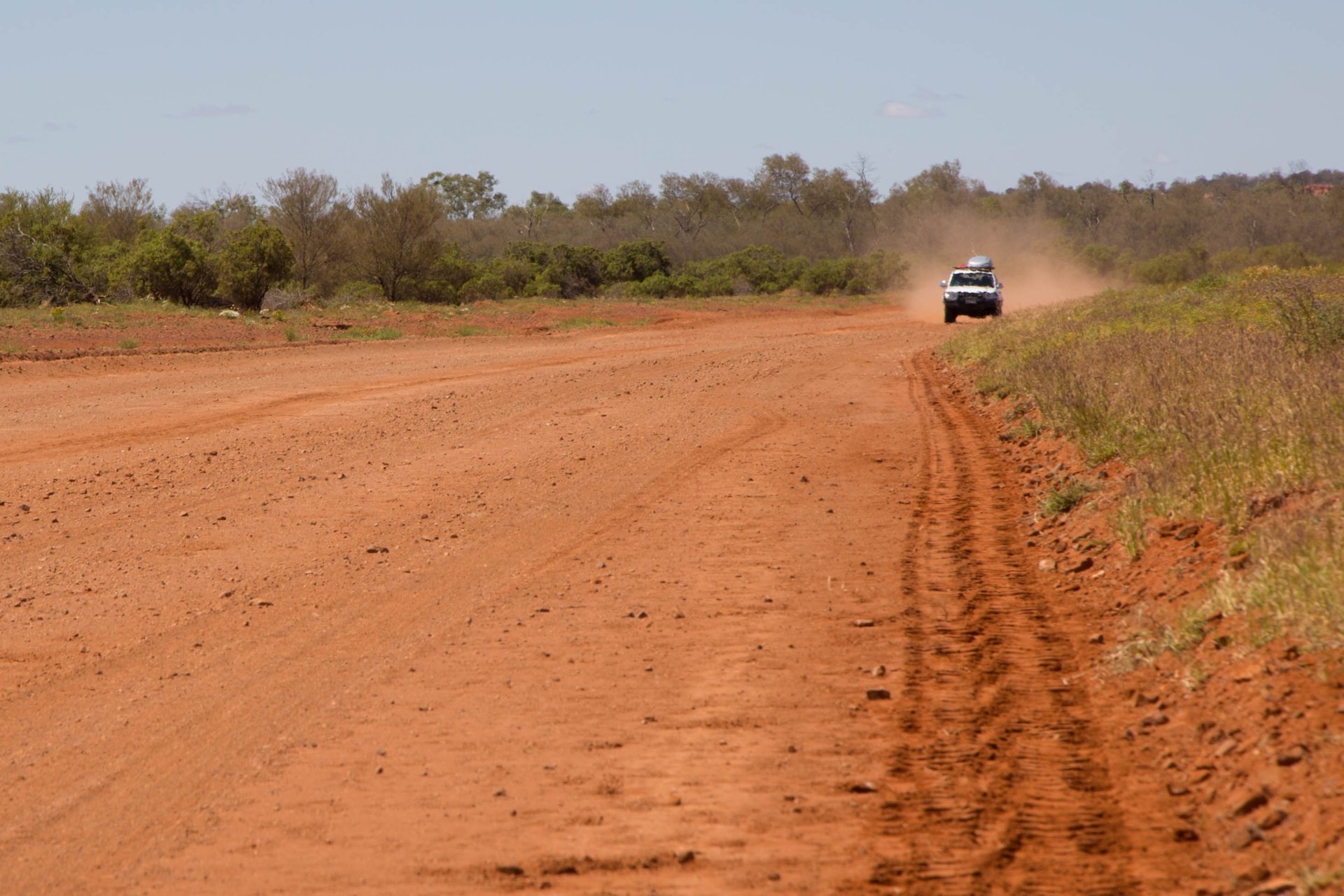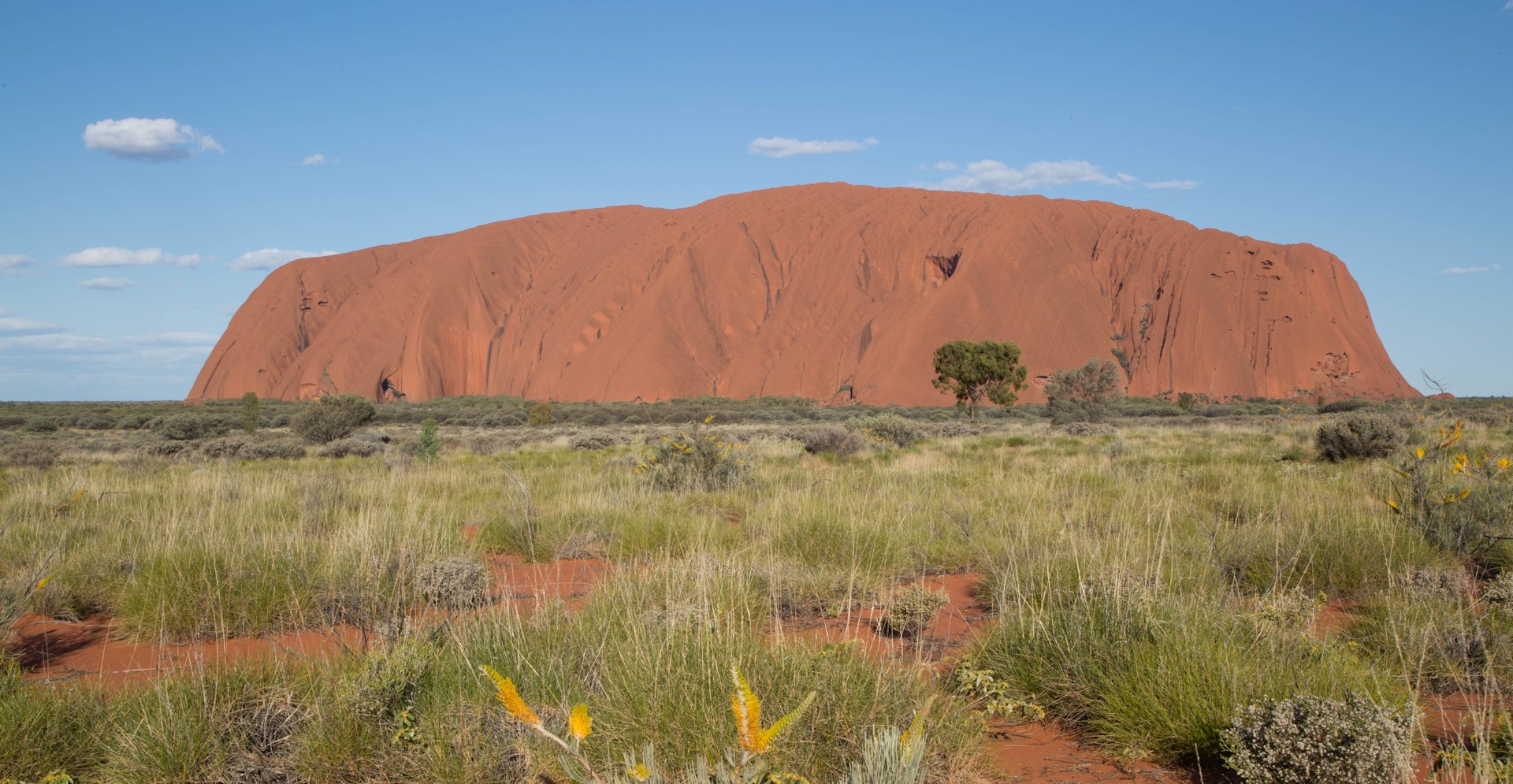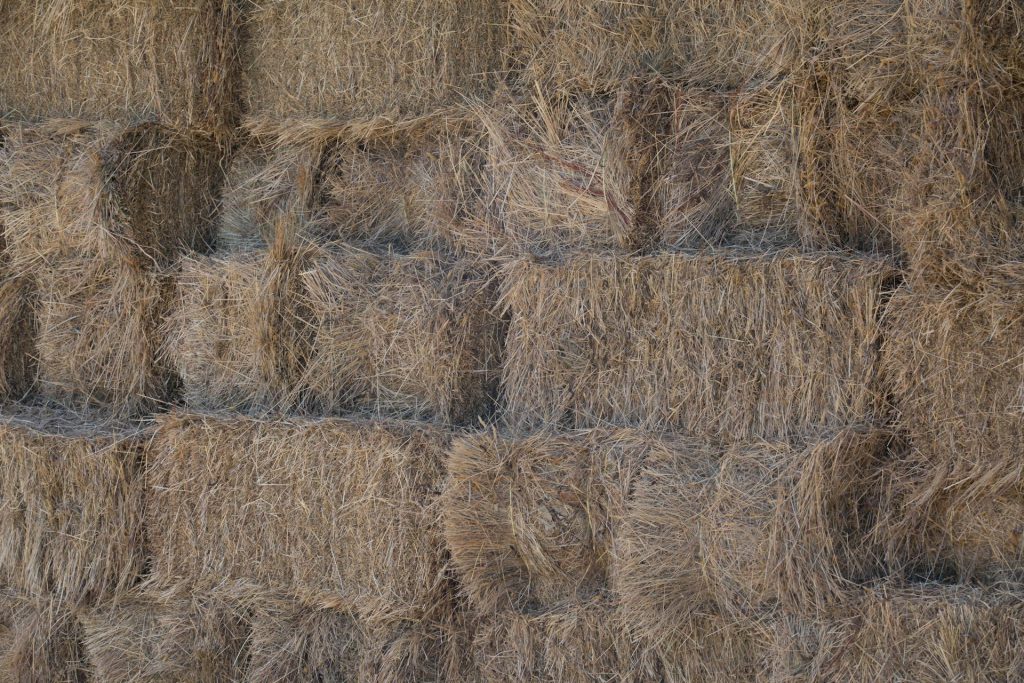Australia. Sydney. What a contrast to Atiu. From a remote island with 400 inhabitants to the largest metropolitan area of Australia! We have scheduled a little more than 2 weeks in the area, but there is not too much time for sightseeing. We need to get organized for our journey through Australia, which includes purchasing a 4WD. But of course we make time for the obligatory. And we have good luck. Vivid Sydney is on. A spectacular light show illuminating the city in creative and beautiful ways.


